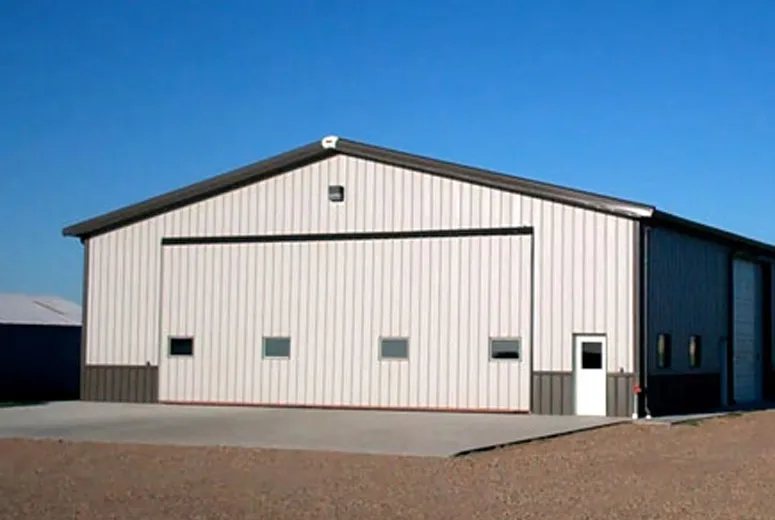- Afrikaans
- Albanian
- Amharic
- Arabic
- Armenian
- Azerbaijani
- Basque
- Belarusian
- Bengali
- Bosnian
- Bulgarian
- Catalan
- Cebuano
- Corsican
- Croatian
- Czech
- Danish
- Dutch
- English
- Esperanto
- Estonian
- Finnish
- French
- Frisian
- Galician
- Georgian
- German
- Greek
- Gujarati
- Haitian Creole
- hausa
- hawaiian
- Hebrew
- Hindi
- Miao
- Hungarian
- Icelandic
- igbo
- Indonesian
- irish
- Italian
- Japanese
- Javanese
- Kannada
- kazakh
- Khmer
- Rwandese
- Korean
- Kurdish
- Kyrgyz
- Lao
- Latin
- Latvian
- Lithuanian
- Luxembourgish
- Macedonian
- Malgashi
- Malay
- Malayalam
- Maltese
- Maori
- Marathi
- Mongolian
- Myanmar
- Nepali
- Norwegian
- Norwegian
- Occitan
- Pashto
- Persian
- Polish
- Portuguese
- Punjabi
- Romanian
- Russian
- Samoan
- Scottish Gaelic
- Serbian
- Sesotho
- Shona
- Sindhi
- Sinhala
- Slovak
- Slovenian
- Somali
- Spanish
- Sundanese
- Swahili
- Swedish
- Tagalog
- Tajik
- Tamil
- Tatar
- Telugu
- Thai
- Turkish
- Turkmen
- Ukrainian
- Urdu
- Uighur
- Uzbek
- Vietnamese
- Welsh
- Bantu
- Yiddish
- Yoruba
- Zulu
Nov . 08, 2024 02:58 Back to list
Design and Construction of Steel Buildings
The design and construction of steel buildings are paramount in the field of modern architecture and engineering. Steel, renowned for its strength, versatility, and durability, has become a preferred material in the construction of a variety of structures, from skyscrapers to industrial warehouses. This article explores the key aspects of steel building design and construction, emphasizing the benefits, processes, and innovative practices that define this discipline.
Advantages of Steel as a Construction Material
One of the primary advantages of using steel for building construction is its exceptional strength-to-weight ratio. Steel can support significant loads without being excessively bulky, allowing architects to create expansive and open spaces within a building. This characteristic is particularly useful for structures requiring large column-free areas, such as auditoriums and exhibition centers.
Moreover, steel is highly durable and resistant to many environmental factors. Unlike traditional materials such as wood, steel is not susceptible to termites, rot, or decay, which enhances the longevity of buildings constructed with it. Additionally, steel structures can withstand severe weather conditions, including high winds and earthquakes, making them ideal for regions prone to natural disasters.
Steel is also recyclable, aligning with sustainable building practices. The recycling of steel significantly reduces waste associated with construction, and utilizing recycled materials decreases the demand for new raw materials, thus minimizing environmental impact.
Design Process
The design process for steel buildings typically undergoes several stages, starting from conceptualization to detailed engineering. Initially, architects collaborate with clients to define requirements, preferences, and budget constraints. Following this, preliminary designs are created, considering aesthetic appeal, functionality, and compliance with building codes and regulations.
Once a conceptual design is approved, structural engineers employ sophisticated software and modeling tools to develop detailed plans. This phase involves calculating loads, assessing structural integrity, and ensuring the design adheres to safety standards. The use of Building Information Modeling (BIM) has revolutionized the design process, facilitating better visualization, coordination, and conflict resolution among various building systems.
design and construction of steel buildings

Construction Techniques
The construction of steel buildings typically involves several techniques that enhance efficiency and safety. Prefabrication is a prominent method where steel components are manufactured off-site and then transported to the construction site for assembly. This approach not only speeds up the construction process but also minimizes disruptions and waste on-site.
During the actual construction phase, steel frames, which include columns, beams, and braces, are erected using cranes. Proper safety measures, including the use of harnesses and safety nets, are essential to protect workers during this phase. Steel connections, which can be welded or bolted, are critical in ensuring the structural integrity of the building, and careful consideration is given to details like load distribution and joint configuration.
In addition to traditional construction techniques, modern innovations such as modular construction are gaining popularity. In modular construction, entire sections of a building are prefabricated off-site and then assembled on-site. This not only reduces construction times significantly but also minimizes on-site labor and improves quality control.
Conclusion
The design and construction of steel buildings represent a confluence of engineering excellence, innovative design, and sustainable practices. Steel’s inherent properties make it an excellent choice for a wide array of structures, providing safety and longevity while allowing for creative architectural expressions.
As technology advances, the practices surrounding steel construction will continue to evolve, embracing new materials, construction methods, and design philosophies. The future of steel buildings looks promising, with increased focus on sustainability and smart building technologies paving the way for structures that not only meet the needs of today but also anticipate the demands of tomorrow.
In conclusion, steel buildings are not merely structures; they are a testament to human ingenuity and the continuous quest for advancement in construction practices. As we look to the future, steel will undoubtedly remain at the forefront of building design and construction, shaping our urban landscapes and redefining the possibilities of architecture.
-
How Do Prefabricated Steel Structures Transform Modern Construction?
NewsJul.14,2025
-
How Do Prefabricated Metal Buildings Redefine Modern Construction?
NewsJul.14,2025
-
How Do Prefab Insulated Metal Buildings and Steel Structures Revolutionize Modern Construction?
NewsJul.14,2025
-
How Do Pre - Engineered Steel Structures Redefine Modern Construction?
NewsJul.14,2025
-
Advancing Modular Construction with Prefabricated Metal Structures
NewsJul.14,2025
-
Advancing Industrial Infrastructure with Prefabricated Steel Solutions
NewsJul.14,2025
Products categories
Our Latest News
We have a professional design team and an excellent production and construction team.












